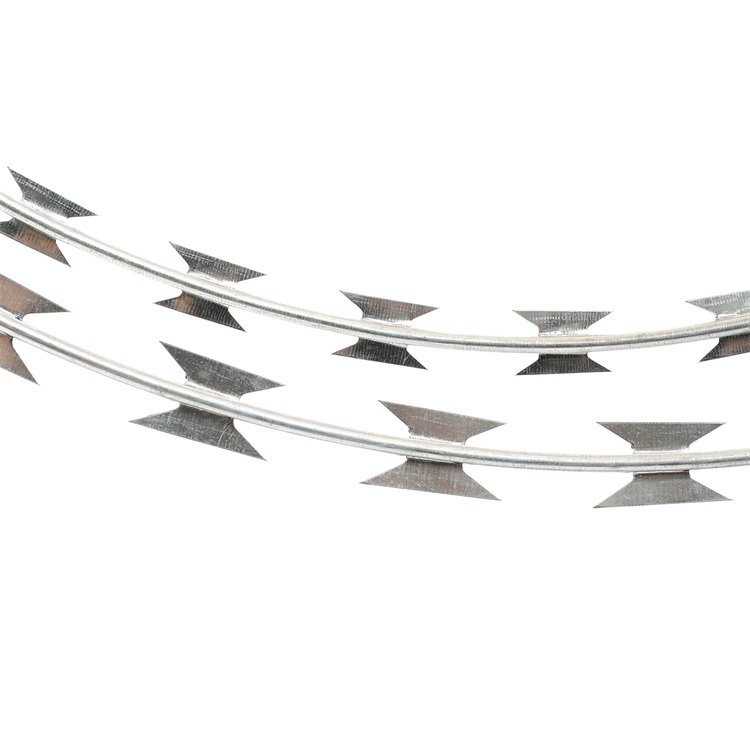Essential Nail Types for Construction and Building Projects
Nails in the Construction Industry A Fundamental Building Material
When it comes to construction and building projects, nails often play a supporting yet indispensable role. While they may not be the most glamorous component in the world of building materials, nails are crucial in ensuring the structural integrity and longevity of various constructions. From framing houses to creating furniture, nails are the unassuming heroes of the construction industry.
The History and Evolution of Nails
Nails have been used for thousands of years, with the earliest recordings dating back to ancient civilizations. Initially crafted from bronze, they were hand-forged by blacksmiths. Over time, as construction techniques evolved, so did the production of nails. The introduction of mass production in the 19th century transformed the industry, making nails more accessible and affordable. Today, nails can be made from a variety of materials, including steel, aluminum, and even plastic, each serving different needs in the building process.
Types of Nails and Their Uses
There is a vast array of nails, each designed for specific tasks. Common types include
1. Common Nails These are the most utilized in the construction material repertoire. They are typically used in framing, attaching wooden boards, and general construction purposes. Their strength and thickness make them ideal for bearing heavy loads.
2. Finish Nails Designed for aesthetic applications, finish nails have smaller heads and are often used in trim work, cabinetry, and furniture. Their discreet appearance allows for a clean finish as they can be easily concealed.
3. Brad Nails Similar to finish nails but even thinner, brad nails are ideal for delicate tasks. They’re frequently employed in attaching thin trim and molding where a less visible fastener is needed.
nails building materials

4. Roofing Nails Specifically designed for roofing applications, these nails feature a wide head to hold shingles securely in place. Their weather-resistant coatings help protect against wind and moisture damage.
5. Concrete Nails Made from hardened steel, concrete nails are engineered to penetrate masonry and concrete surfaces. These nails are essential when fastening timber to concrete structures.
Innovations in Nail Technology
Recent advancements have led to innovations that enhance the effectiveness and safety of nails in construction. For instance, coated nails, such as galvanized or epoxy-coated nails, are designed to prevent rust and corrosion, which is particularly important in humid or outdoor environments. Similarly, ring shank nails have been developed to provide better grip in wood materials, preventing slippage and enhancing overall stability.
The Role of Nails in Sustainable Building
In today's eco-conscious world, the building industry is focusing on sustainability. Nails play a crucial role in this shift as they are essential for assembling wooden structures, which are considered more environmentally friendly compared to steel and concrete. Additionally, advancements in manufacturing techniques are making nails more recyclable, further aligning the industry with sustainable practices.
Conclusion
In conclusion, nails might seem like simple tools, but their significance in the construction industry is profound. From historical evolution to modern innovations, nails are foundational components that hold together our homes, furniture, and much more. Their diverse types and applications ensure that every building project is executed efficiently and effectively. As we move towards a more sustainable future, the role of nails will continue to evolve, highlighting their importance in creating durable, reliable, and eco-friendly structures. The next time you look at a building or a piece of furniture, take a moment to appreciate the humble nail—a small yet mighty building material that holds our world together.
-
The Durability and Versatility of Steel Wire
NewsJun.26,2025
-
The Best Iron Nails for Your Construction Projects
NewsJun.26,2025
-
Strengthen Your Projects with Durable Metal Stakes
NewsJun.26,2025
-
Get the Job Done Right with Duplex Nails
NewsJun.26,2025
-
Explore the Versatility and Strength of Metal Mesh
NewsJun.26,2025
-
Enhance Your Security with Razor Wire
NewsJun.26,2025














